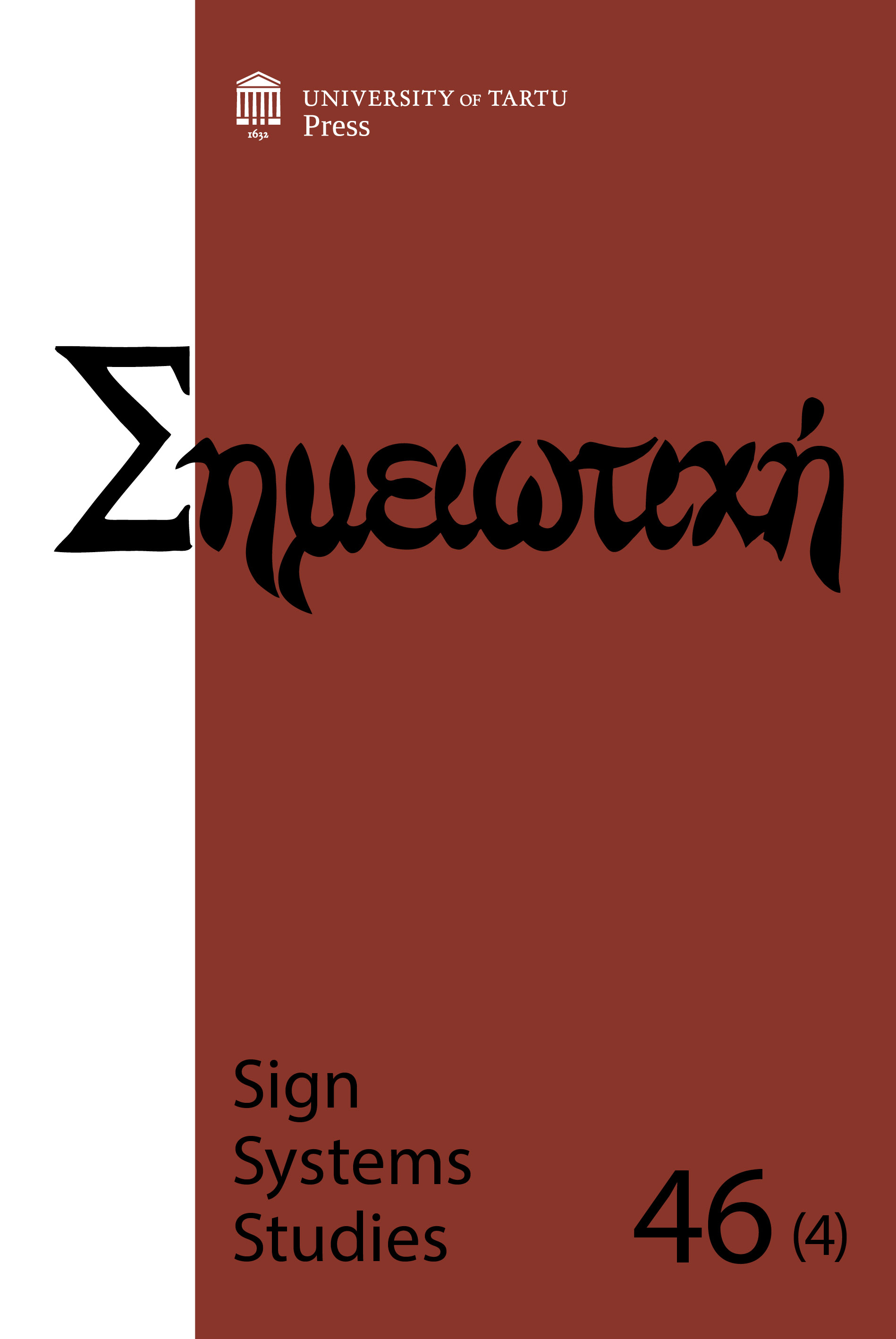Rethinking literary education in the digital age
DOI:
https://doi.org/10.12697/SSS.2018.46.4.08Keywords:
education, literature, cultural autocommunication, digitalization, multimodalityAbstract
This paper discusses the perspectives of literary education in the context of the transforming of the notions of literature, reading, and learning. While everyday semiotic practices are becoming increasingly digital and multimodal, school education in most countries is still largely focused on mediating original literary texts in print and their established interpretations. Less conventional sources of literary information – brief retellings, comic strips, memes, social media posts – tend to make up a large part of the students’ semiotic environment; yet these are usually dismissed by school education as inaccurate and irrelevant. Cultural semiotics, however, allows regarding pulverized versions of texts as a part of a natural educational system – the culture itself. A holistic approach allows not only integrating everyday semiotic practices into a school curriculum, but also revealing the inherent multimodality, transmediality, and creativity of the literary experience. The paper explores possible implications of semiotics in three aspects of literary education: multimodality and heterogeneity of literary experience; influence of digital media on the perception habits; reading as a creative building of a whole from different fragments. The overarching goal is to enrich school education through a deeper understanding of literary experience and a widening of the spectrum of acknowledged tools, formats and media. The theoretical survey is supported by real-life examples from school practice and recreational reading.Downloads
Download data is not yet available.
Downloads
Published
2018-12-31
How to Cite
Milyakina, A. (2018). Rethinking literary education in the digital age. Sign Systems Studies, 46(4), 569–589. https://doi.org/10.12697/SSS.2018.46.4.08
Issue
Section
Articles


